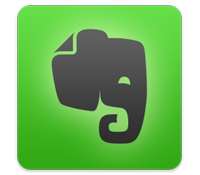
Evernote 6 Beta sees further user-interface revamp, existing features refined
Evernote has unveiled Evernote for Windows 6.0.2 Beta, an early release version of the next major update of its desktop client for Windows users. The new release sees another user interface revamp, plus focuses on refining existing tools rather than introducing major new features.
Version 6.0.2 opens with support for High DPI displays, and rolls out various improvements to the Assisted Search tool. This includes moving the Search bar to the top of the note list, providing more detailed descriptions of the search results and the extension of the tool to cover the user’s entire account, with options for expanding the search to include recently deleted notes as well as general refinements.
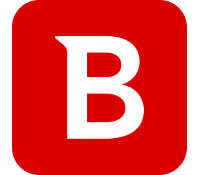
A closer look at Bitdefender's new free ransomware security tool
Bitdefender Labs has released BDAntiRansomware, a free tool which keeps your PC safe from some of the most common ransomware threats.
The program "protects against known and possible future versions of the CTB-Locker, Locky and TeslaCrypt crypto ransomware families", the company explains.

A closer look at the Never 10 automatic upgrades disabler for Windows 7, Windows 8.x
Never 10 is a new freeware tool which aims to prevent Windows 7 and Windows 8.x systems from automatically updating to Windows 10. Sounds like a host of other recent update-blockers, we thought -- but no. It’s more interesting than that.
First up, it’s written by veteran developer Steve Gibson, the man behind SpinRite, ShieldsUp! and assorted early Windows freeware, and someone who knows what he’s doing. If you need more reassurance, the 81KB download size tells you there’s no adware here, no extra payload.

Game Fire 5 gets Windows 10 support, new optimization engine
Smart PC Utilities has shipped Game Fire 5, the latest edition of its PC gaming performance booster.
This release brings official support for Windows 10 -- both 32 and 64-bit editions -- but finally sees Windows XP support dropped.
A new optimization engine can examine and tweak even more components, including services, processes, scheduled tasks and Registry settings (only some of these are available in the free build).

Docker comes to Mac and Windows
Today is the third birthday of the Docker containerization system and to celebrate the company is launching a beta program for Mac and Windows versions of its software.
It offers an integrated, easy-to-deploy environment for building, assembling, and shipping applications from Mac or Windows as well as having many improvements over Docker Toolbox.
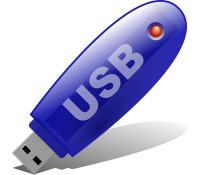
Reclaim lost disk space on a USB key with imageUSB
There are many tools to help you customize a USB flash drive. You could make it bootable, run one or more LiveCDs, lock it to prevent unauthorized access, create encrypted storage areas, and more.
This will often work just as you expect, but sometimes, when you try to use the flash drive to store files again, you might find that some of its capacity has disappeared.
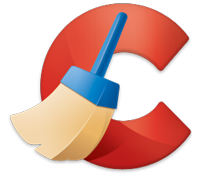
CCleaner 5.16 FINAL tweaks browser cleaning tools
Piriform Software has released CCleaner 5.16 and CCleaner 5.16 Portable for Windows PCs. Once again, the latest release focuses on fine-tuning the program’s browser-cleaning tools, with tweaks for Opera, Chrome and Edge the major highlights.
CCleaner 5.16’s main feature is added support for cleaning Opera’s GPU and Application caches, while it also updates the management of Chrome Browser Plug-ins.
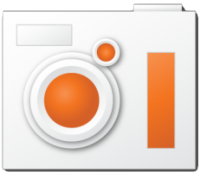
Freeware screen recorder oCam adds mouse click effects
Freeware desktop capture and recorder tool oCam has been updated to version 254 with new mouse effects. It’s now possible to highlight left and right mouse clicks with various animations, making your actions much clearer to the viewer.
This is all very configurable, with five animation styles, your choice of color, size and duration, and a preview window to simulate the results.

Can malware detect that it's running in your sandbox?
If you think an application is suspicious, then you might run it in a sandbox, a virtual machine, maybe use a debugger, and watch what it does. And if nothing happens then that means it’s safe. Right?
Well, maybe not. Malware will often try to detect this kind of trickery, and if it thinks it’s being watched, won’t do anything to raise an alarm.

Google kills Chrome app launcher for Microsoft Windows, Apple OS X, and Linux
During the Windows 8 era, I was very worried about that operating system -- the UI and design choices were troubling. Luckily, as a longtime Linux user, I was not tied to any Microsoft OS. Unfortunately for some consumers, Linux-based operating systems can be difficult to install and use, while Mac computers are very expensive. Chrome OS and the inexpensive Chromebooks swooped in to save the day.
For those that stuck it out with Windows, or used other desktop operating systems, Google introduced a Chrome OS-like launcher -- the unimaginatively named Chrome app launcher. It allows Windows, Mac, and Linux users to launch Chrome apps from within their OS' native UI -- it sort of felt like Chrome OS running inside of them. Today, Google kills this project.

Microsoft extends support for Intel Skylake systems running Windows 7, Windows 8.1
Microsoft has decided to reverse its position regarding support of Windows 7 and Windows 8.1 on systems using Intel’s Skylake platform.
In January, the company said that it would only guarantee full extended support for Skylake systems running Windows 7 and 8.1 until 17 July 2017. Microsoft now plans to offer full extended support for these systems for one more year, until 17 July 2018.
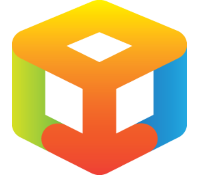
ShareByLink is a signup-free file sharing service
ShareByLinkShareByLink is an open-source file sharing service and application for Windows, Linux and Mac.
The package is all about simplicity. There’s no registration, no account to create, nothing to set up: just install the program, then right-click a file and select "Share file(s) online...".

Create stylish video slideshows with ScatterShow
ScatterShow is a video slideshow creator from Smith Micro Software. Formerly a $29.99 commercial product, it’s now free to anyone willing to provide their email address to the developer.
Is it worth a few minutes of your time? We grabbed a copy to find out.
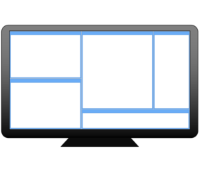
Manage, move and resize your desktop windows with WinDock
Windows snapping can be a convenient way to reorganize your desktop: just drag and drop a window to the left of the screen, for instance, and it automatically resizes to fill the left half of the display.
Not everyone is a fan. There are only a few snapping features. Some people find they’re easily launched by accident. And apart from turning them off, there’s no real configuration available at all.

OS X and Linux threaten Windows' dominance in developer market
OS X and Linux are nowhere near as popular as Windows when we look at the PC market as a whole, but the two platforms are actually extremely popular with a certain crowd. According to a StackOverflow survey, 26.2 percent of developers use Apple's Mac operating system, while distributions based on the open-source kernel are not that far behind, having a combined 21.7 percent usage share.
This may come as a bit of a shock, but, yes, OS X and Linux are nearly as popular as Windows among developers. In fact, according to StackOverflow, "If OS adoption rates hold steady, by next year's survey fewer than 50 percent of developers may be using Windows" -- and, obviously, OS X and Linux will come out even more popular in the process.
